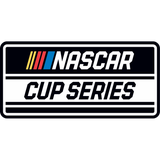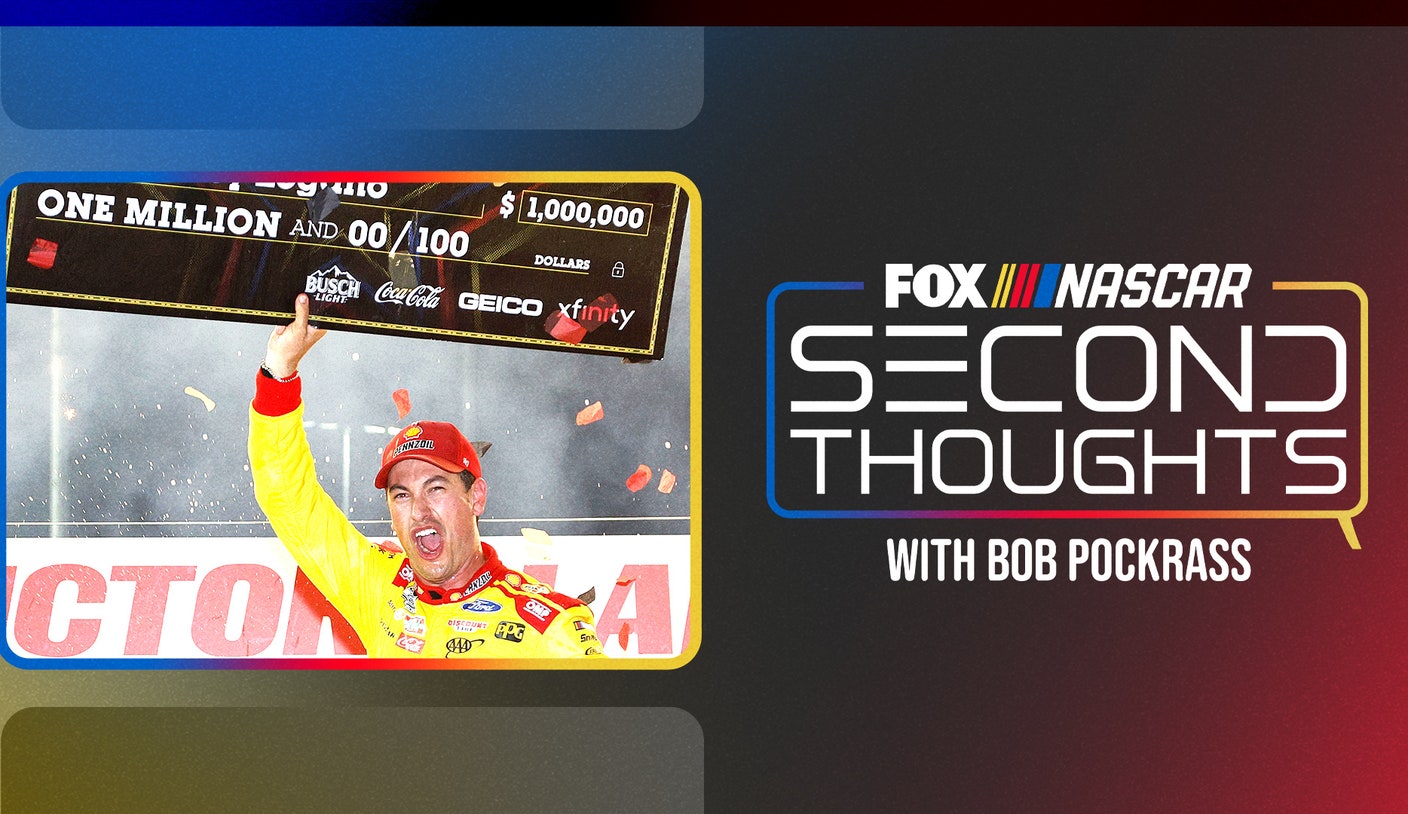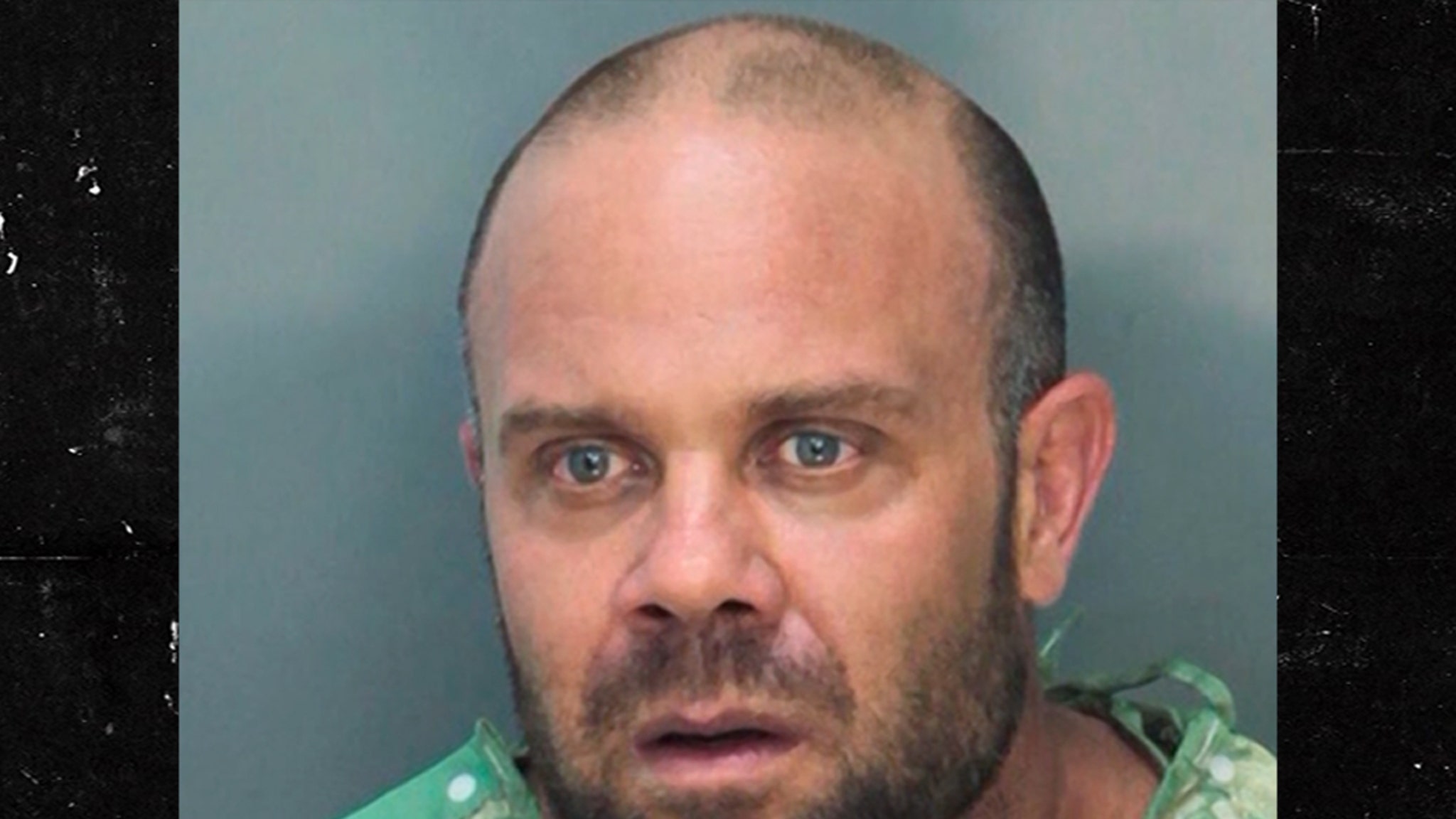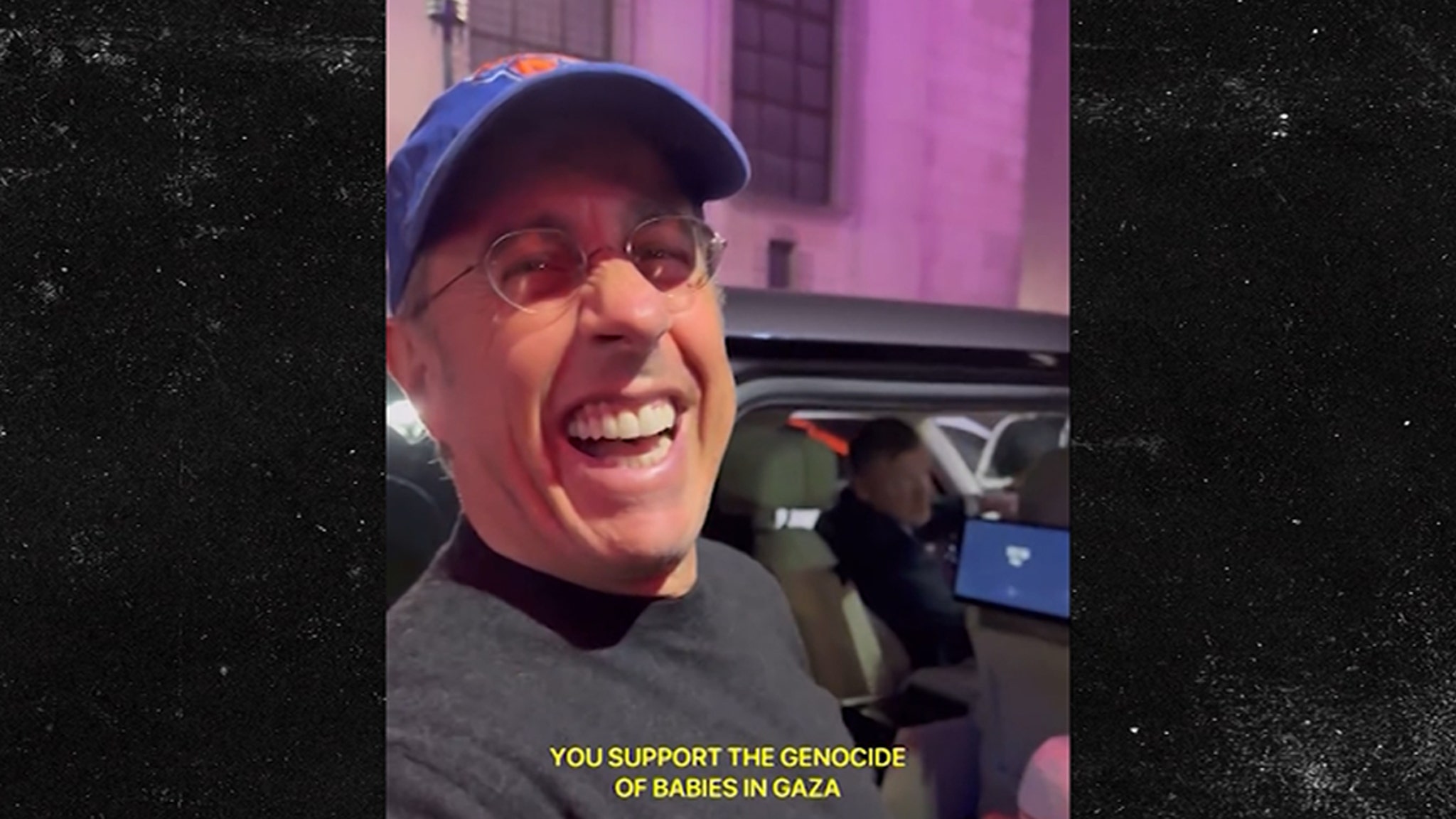NASCAR All-Star Race format: What it is and what to think about it
When I asked Kyle Busch last week about what lap he thought that North Wilkesboro (N.C.) Speedway track owner Marcus Smith would call for the caution during the all-star race, Busch had a funny line.
“Do we want to put money on if I create a natural caution, or I let Marcus [Smith] throw a caution?” Busch quipped. “It depends on how far Kyle Larson’s out leading the race.”
It’s easy to laugh at the All-Star race format because it is supposed to be gimmicky. Yes, it is for $1 million to the winning team, but it is designed to be a special event that gets people talking.
And in that way, let’s hope it accomplishes that feat. And nothing more. There doesn’t need to be a mystery caution that will be thrown during a race that actually counts in the standings.
For those who need a refresher, here’s the format for the weekend:
— Qualifying will be on Friday. There will be three laps with a four-tire pit stop after the second lap. The total time will determine the lineup for the Open and All-Star heats. The pit stop time will determine the order of pit selection (and the winner of the pit-stop challenge). While in the past the Open teams did traditional qualifying, this year they will do a pit stop, and they will be eligible for pit-stop competition awards.
— For drivers automatically in the All-Star race, they will compete in 75-lap heat races on Saturday. The first heat race will determine the inside lane of the main event; the second heat race the outside lane.
For drivers not automatically in the all-star race, they compete Sunday in the Open, a 100-lap race (competition caution at Lap 50) with the top-two finishers making the All-Star Race and then another advancing through the fan vote. The top-five drivers as of Monday in the fan vote were (in alphabetical order): Noah Gragson, Carson Hocevar, Ryan Preece, Shane van Gisbergen and Bubba Wallace.
— The All-Star race is a 250-lap event. There will be a competition caution on Lap 100. And then sometime before Lap 220, Smith (chairman of track operator Speedway Motorsports) can throw the caution. If he doesn’t before Lap 200 and then a natural caution occurs, he won’t have the option to throw another caution before Lap 220.
The idea is that the promoter of the race can try to bunch up the field when he wants. And the teams won’t know when that will be, possibly forcing them to make strategic decisions.
It’s already the case that we never know if there will be a caution (except at designated stage breaks) on a typical race weekend. So there is an element of the unknown every week. But if a driver appears on his way to a relatively drama-free $1 million — well, this promoter’s caution could add some drama.
A purist would believe this to be bogus. But it’s not like there is some question about whether a caution is necessary at certain times during any race weekend.
In general, NASCAR shouldn’t be putting competition decisions in the track operator’s hands. That’s NASCAR’s job.
If they really wanted to make it fun, they’d let fans choose when to flip the caution lights. Fans vote a driver in, so why not just add it to that selection process? Of course, that wouldn’t be able to take into consideration the real-time factors of the race.
All-Star events are tough for most sports, as they try to figure out what will resonate with fans. So try this and see if it works? Sure. But NASCAR also has a history of taking elements introduced in the All-Star race and implementing them into the standard competition rules. This shouldn’t be one of them.
Bob Pockrass covers NASCAR and INDYCAR for FOX Sports. He has spent decades covering motorsports, including over 30 Daytona 500s, with stints at ESPN, Sporting News, NASCAR Scene magazine and The (Daytona Beach) News-Journal. Follow him on Twitter @bobpockrass.

Get more from NASCAR Cup Series Follow your favorites to get information about games, news and more
editor's pick
latest video
Sports News To You
Subscribe to receive daily sports scores, hot takes, and breaking news!




